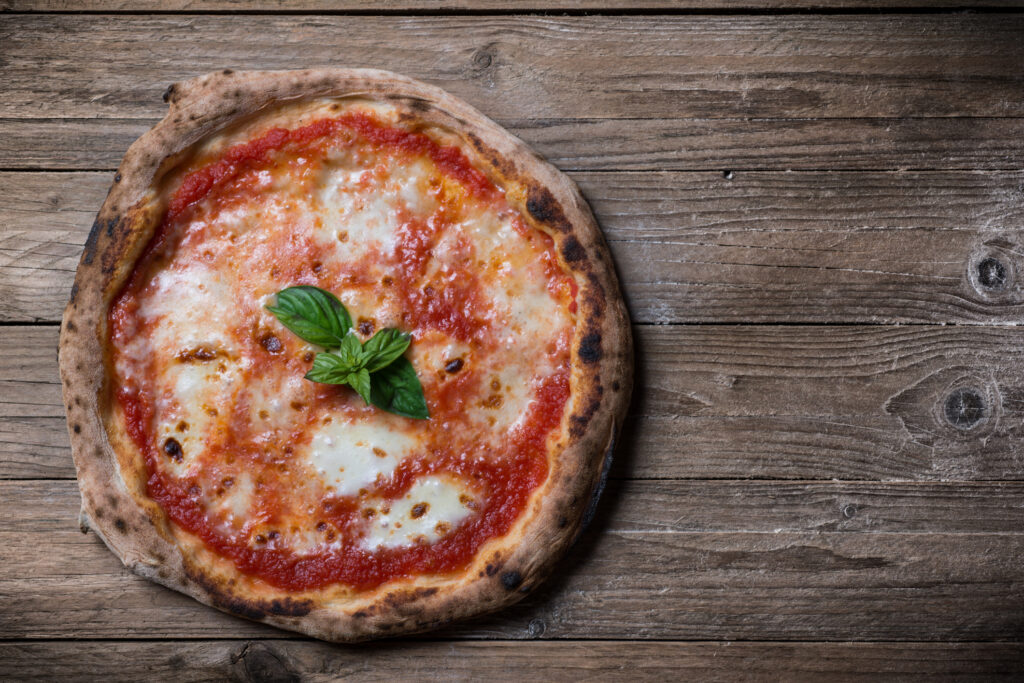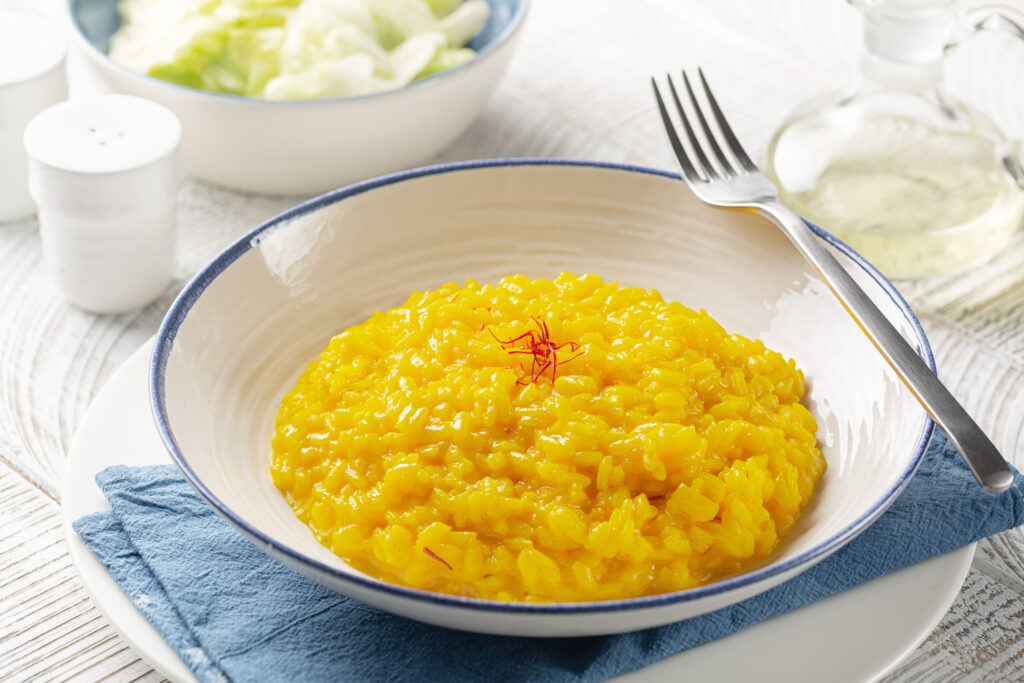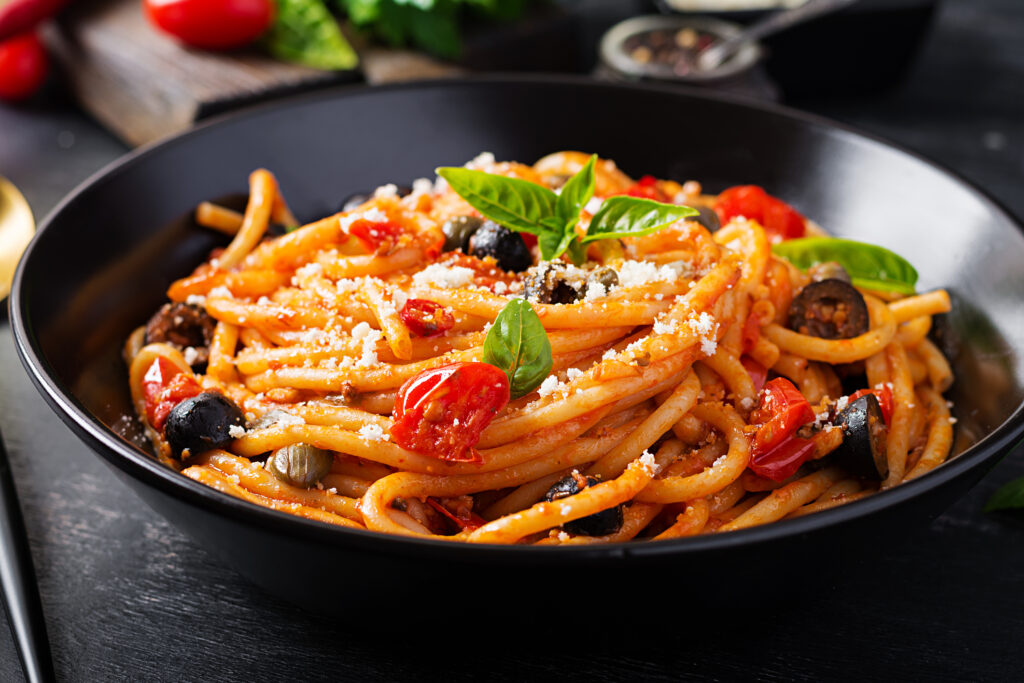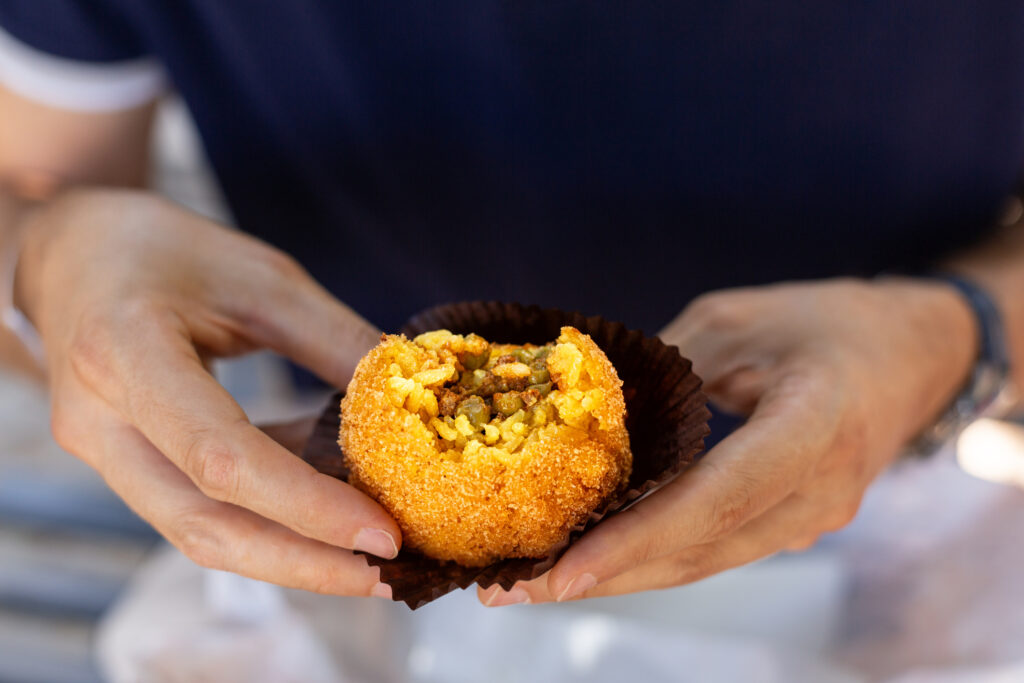
Food & Folklore: Italian Dishes with Fascinating Histories
Italy is a country where food isn’t just sustenance. It’s a story, a tradition, and often a legend passed down through generations. From humble peasant dishes to royal banquets, the origins of many Italian foods are steeped in fascinating folklore that reveals not just how Italians eat, but how they live, celebrate, and connect with their rich history. Let’s dive into the captivating tales behind some of Italy’s most iconic dishes.
Tiramisú The Dessert That “Picks You Up”
Tiramisú, Italy’s beloved layered dessert of espresso-soaked ladyfingers, mascarpone cheese, and cocoa, literally means “pick me up” in Italian. While its creamy decadence feels timeless, tiramisú actually has relatively modern origins. Most historians trace its creation to the 1960s in Treviso, Veneto. Legend has it that a clever brothel madam invented tiramisú as an energizing treat for her clients. This would ensure they left refreshed and ready to return! Others claim it was crafted in a restaurant, “Le Beccherie,” as a restorative dessert for new mothers. Regardless of its exact birthplace, tiramisú has certainly lived up to its name, becoming a global comfort treat.

Margherita Pizza: A Royal Tribute
The story of Margherita pizza is as iconic as the dish itself. In 1889, Queen Margherita of Savoy visited Naples and grew curious about the flatbreads eaten by the common people. To honor her, renowned pizzaiolo Raffaele Esposito created a special pizza featuring ingredients representing the colors of the Italian flag: red tomatoes, white mozzarella, and green basil. The queen adored the dish, and Esposito named it “Pizza Margherita” in her honor. This tale not only reflects Italy’s national pride post-unification but also immortalizes how simple, fresh ingredients can achieve royal status.

Risotto alla Milanese: A Golden Legend
Risotto alla Milanese, with its rich golden hue, owes its color to saffron—a luxurious spice with an equally rich backstory. The dish’s origins trace back to the 16th century when a glassmaker’s apprentice in Milan supposedly added saffron to a wedding feast risotto as a playful joke, inspired by using saffron to color stained glass. To everyone’s surprise, the vibrant, fragrant dish was a hit. Some even believed it symbolized prosperity and good fortune. Today, Risotto alla Milanese is a staple of Lombard cuisine, often served with osso buco or veal shanks.

Polenta: The Dish of the People
Polenta, a creamy or firm cornmeal dish, predates Italy itself. Its origins lie with the ancient Romans, who made a porridge-like food from spelt called “puls.” After corn was introduced to Europe from the Americas in the 16th century, it replaced spelt as the primary ingredient. Polenta became the staple food of Northern Italy’s peasantry, often referred to as “the dish of the poor.” Folklore speaks of entire villages gathering around large pots of polenta, slicing it with strings, and sharing it as a communal meal. Despite its humble roots, polenta is now celebrated in gourmet cuisine across Italy.
Spaghetti alla Puttanesca: A Dish with a Scandalous Name
Few dishes have a more provocative name than Spaghetti alla Puttanesca, which roughly translates to “spaghetti in the style of the prostitutes.” Theories about its origin are plentiful. One tale suggests it was a quick, flavorful dish that Neapolitan sex workers made between clients due to its simple, pantry-staple ingredients: tomatoes, olives, capers, garlic, and anchovies. Another version claims it was invented in the 1950s by a restaurant owner needing to whip up something fast with whatever ingredients he had on hand. Regardless of its true beginnings, Puttanesca remains a bold, unapologetically robust dish.

Lasagna: Layers of History
Lasagna, one of Italy’s most comforting baked dishes, has roots that stretch back to ancient times. The term “lasagna” likely comes from the Greek word “laganon,” referring to flat sheets of dough. The Romans had a dish called “lasanum,” a type of layered pasta, but it wasn’t until the Middle Ages in Naples and Emilia-Romagna that lasagna evolved into the rich version we know today. Some legends suggest that lasagna was a celebratory dish for festivals, symbolizing abundance and community with its rich, layered nature.
Arancini: Golden Orbs with a Sicilian Soul
Arancini, the crispy, golden rice balls filled with ragù, cheese, and peas, are a quintessential Sicilian snack. Their name means “little oranges,” inspired by their round shape and golden color. Folklore links arancini to the Arab rule of Sicily in the 10th century when rice and saffron became staples. Legend says arancini were created as portable meals for workers in the fields. Today, arancini are especially popular during the feast of Santa Lucia on December 13, when eating bread and pasta is traditionally avoided.

Panettone: A Christmas Miracle
Panettone, the sweet, airy bread studded with candied fruits and raisins, is synonymous with Italian Christmas celebrations. One popular legend tells of Toni, a young baker’s apprentice in Milan, who accidentally burned the dessert prepared for a royal feast. To save the day, he improvised with leftover dough, butter, sugar, and dried fruits, creating a new, delicious bread. The guests loved it, and it became known as “pan di Toni” (“Toni’s bread”). Another version ties panettone to a nobleman, Ughetto Atellani, who disguised himself as a baker to win his beloved’s heart, inventing the dessert to impress her family.
Frittata di Pasta: Naples’ No-Waste Wonder
Born out of necessity, Frittata di Pasta (or pasta omelet) is a genius way to use leftover spaghetti. In post-war Naples, food scarcity inspired creativity, leading families to repurpose yesterday’s pasta with eggs, cheese, and any available ingredients, frying it into a hearty, satisfying dish. Its resourceful origins embody the Neapolitan spirit of “arrangiarsi,” meaning to make do with what you have. Today, it’s not just a leftover hack but a beloved street food staple.

Bottarga: The Mediterranean’s Gold
Bottarga, often called the “Mediterranean caviar,” is salted, cured fish roe, typically from grey mullet or tuna. Its origins trace back to ancient Phoenician and Arab traders who introduced this preservation technique to Sardinia and Sicily. In Sardinian folklore, bottarga was considered a fisherman’s delicacy, believed to bring good luck and prosperity from the sea. Its intense, briny flavor is now cherished in gourmet circles, shaved over pasta or enjoyed simply with olive oil and lemon.
A Culinary Legacy Beyond the Plate
Food in Italy isn’t just about ingredients and recipes; it’s a living tapestry woven with tales of love, resilience, creativity, and cultural exchange. Each dish tells a story—whether of queens and empires, humble farmers, or serendipitous kitchen accidents. Next time you savor a bite of lasagna or a creamy spoonful of tiramisú, remember you’re not just tasting food; you’re experiencing a slice of Italy and its vibrant history.
Leave a Reply

What to Pack for Italy
Cosa Mettere in Valigia per l'Italia
Everyone is always asking me what they should pack for Italy,
so I’ve created a quick reference guide that you can use for your next trip.
Hint: You don’t need nearly as much as you think you do!

One Comment
Great article